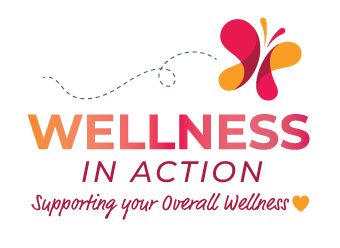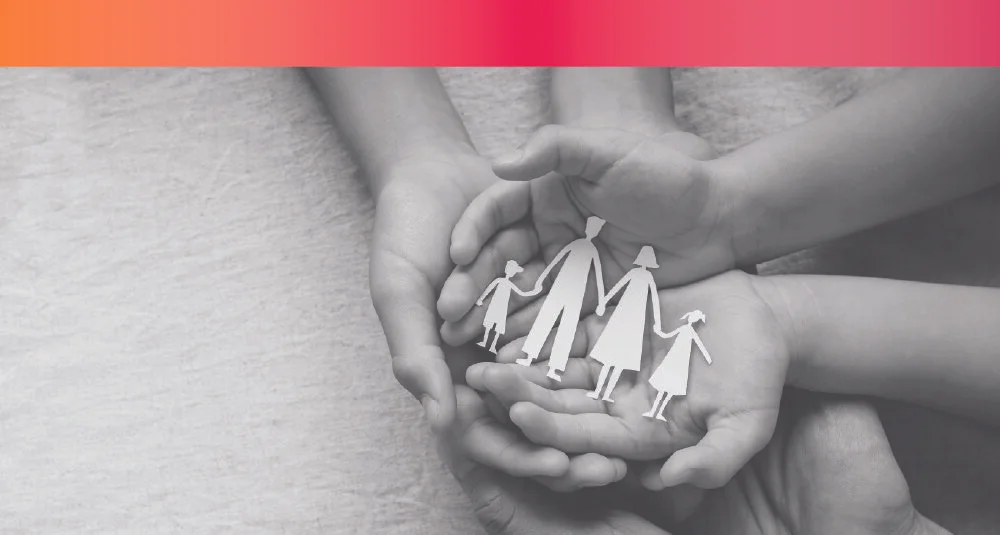The Effectiveness of WRAP
WRAP was developed in 1997 by a group of people who had been dealing with difficult feelings and behaviors for many years. They were working together to feel better and get on with their lives. Since its creation, WRAP has been developed into a curriculum and co-facilitation practice that has been studied extensively, with more research being done every year.
In 2010, WRAP was designated as an evidence-based practice by the United States–based Substance Abuse and Mental Health Services Administration (SAMHSA). Randomized controlled trials of the co-facilitated WRAP peer group model showed improvements in WRAP participants compared to controls from baseline to 8-month follow-up, including:
Reduced psychiatric symptoms, especially depression and anxiety
Increased hopefulness
Increased quality of life
Increased recovery
Increased empowerment
Increased self-advocacy
The evidence for WRAP’s effectiveness is based on the co-facilitated WRAP peer group model, which is how WRAP was designed. In this model, two specially trained and certified peer Co-Facilitators meet with a group of voluntary participants for about 2 hours once a week for 8 to 12 weeks. There’s no robust evidence base for any other implementation of WRAP.
That’s not to say people can’t buy materials and work on WRAP independently with whatever support they want—they certainly can! But that can’t be considered the equivalent of the model that was studied.
People seeking to create and maintain their own wellness and recovery deserve the best materials and support possible. This means:
• Using WRAP and WRAP materials as they were researched, developed, written, published, and updated (only available on this website through our bookstore); and
• Using the manualized co-facilitation practice as designed, with fidelity to the evidence-based practice.


